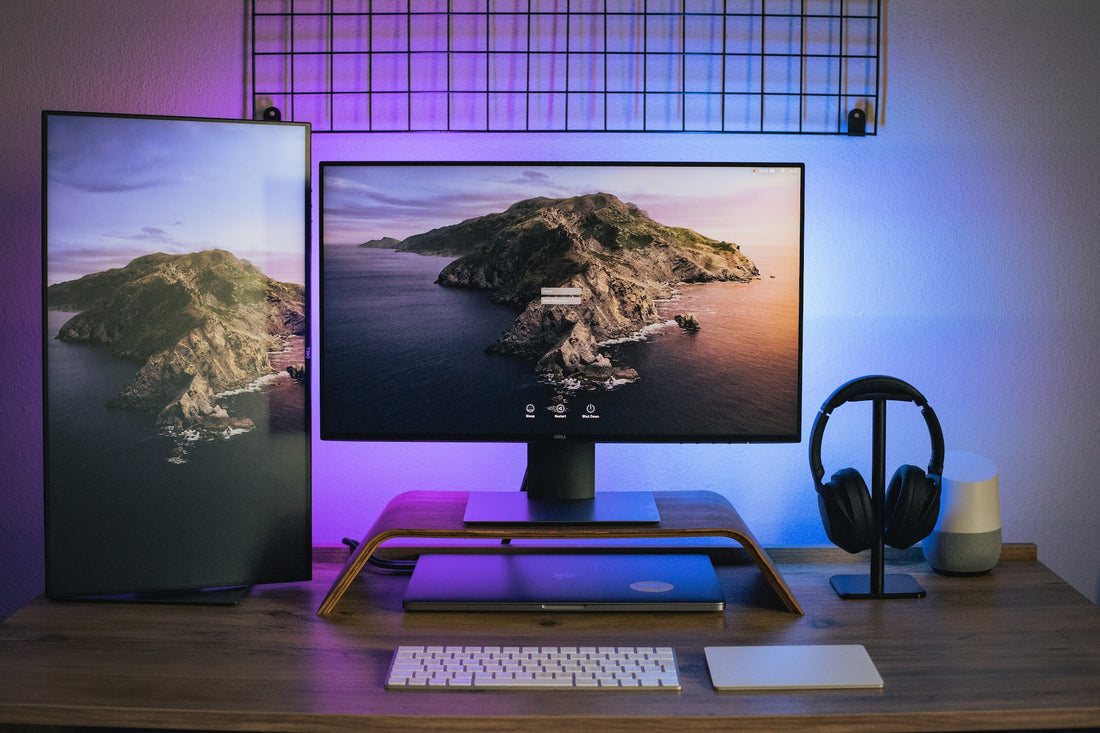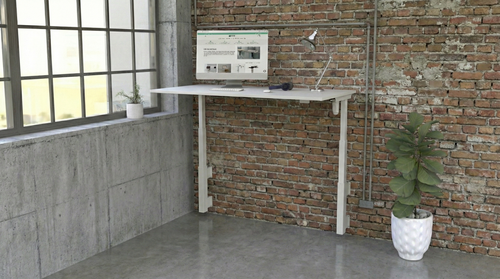If you spend a lot of time working on your computer, you might be wondering if having two screens is better than one. A dual monitor system can offer many benefits for your health, comfort, and efficiency. In this article, we will explain the advantages of using dual monitors, the best practices for setting them up, and some tips for choosing the right equipment for your needs.
Advantages of Using Dual Monitors
According to various studies, using dual monitors can increase your productivity by up to 50%. This is because having two screens allows you to:
- Use multiple programs simultaneously without switching between windows or tabs, such as documents, spreadsheets, web pages, videos, or images.
- Reference critical information on one screen while working on another, such as documents, spreadsheets, web pages, videos or images.
- Enjoy multitasking while playing video games, streaming television, browsing the web or checking social media.
- Increase collaboration and communication with clients or colleagues by sharing one screen or using video conferencing tools.
Using dual monitors can also improve your ergonomics and comfort by reducing eye strain, neck pain and posture problems. This is because you can:
- Adjust the height, angle, and distance of each screen to suit your preferences and avoid glare or reflections.
- Align your screens with your natural eye level and viewing direction to avoid tilting your head or twisting your neck.
- Use larger fonts, icons, and windows to reduce eye fatigue and enhance readability. You also want a monitor that has an anti-glare coating, flicker-free technology, and a blue light filter to protect your eyes from harmful rays.
Best Practices for Setting Up Dual Monitors
To get the most out of your dual monitor system, you need to set it up properly and optimise your workflow. Here are some best practices to follow:
- Choose monitors that are compatible with your computer and each other. Ideally, they should have the same size, resolution, aspect ratio and refresh rate to ensure a consistent and seamless display.
- Connect your monitors using the appropriate cables and ports. Depending on your computer model and graphics card, you may need HDMI, DisplayPort, DVI or VGA cables. You may also need adapters or splitters if you have limited ports available.
- Configure your display settings using your operating system’s control panel. You can choose whether to extend or duplicate your desktop across both screens, adjust the brightness, contrast and colour settings of each monitor, and arrange the order and orientation of your screens according to their physical position.
- Organise your desktop and taskbar to suit your preferences and needs. You can use shortcuts, widgets, folders and icons to access your frequently used programs and files. You can also customise your taskbar to show or hide buttons, labels and notifications on each screen.
- Use keyboard shortcuts and mouse gestures to navigate between screens and windows.
- Adjust your monitors for ergonomics:
- Place the monitors at eye level.
- Position the monitors so that the top of the screen is about 6 inches below eye level.
- Tilt the monitors back slightly so that the top of the screen is slightly tilted towards you.
Tips for Choosing the Right Equipment for Your Needs
If you are looking for a new monitor or upgrading your existing one, there are some factors to consider before making a purchase. Here are some tips to help you choose the right equipment for your needs:
- Consider your budget and space limitations. Monitors vary in price depending on their size, quality and features. You also need to make sure you have enough room on your desk or wall to accommodate two screens comfortably.
- Consider your purpose and usage. Different types of work or entertainment may require other specifications and features in a monitor. For example, if you work with graphics or video editing, you may want a monitor with high resolution, colour accuracy and contrast ratio. If you play games or watch movies, you may want a monitor with a fast response time, low input lag and a high refresh rate.
- Consider your ergonomics and comfort. You want a monitor that is easy to adjust, tilt, swivel and rotate to suit your viewing angle and posture. You also want a monitor that has an anti-glare coating, flicker-free technology and a blue light filter to protect your eyes from harmful rays.
In addition to following the steps above, you can do a few other things to improve the ergonomics and productivity of your dual monitor system.
- Use ergonomically designed keyboard and mouse.
- Use a monitor stand or monitor arm to raise the monitors to eye level.
- Take breaks throughout the day to stretch and move around.
By following these tips, you can ensure that your dual monitor system is both ergonomic and productive.
A dual monitor system can be a great investment for your wellness brand that sells ergonomic desk and chair furniture. It can help you improve your ergonomics, productivity and enjoyment while working on your computer. However, you need to set it up correctly and choose the right equipment for your needs. We hope this article has given you some useful information and tips on how to set up a dual monitor system for better ergonomics and productivity. If you have any questions or feedback, please feel free to contact us or leave a comment below.









































